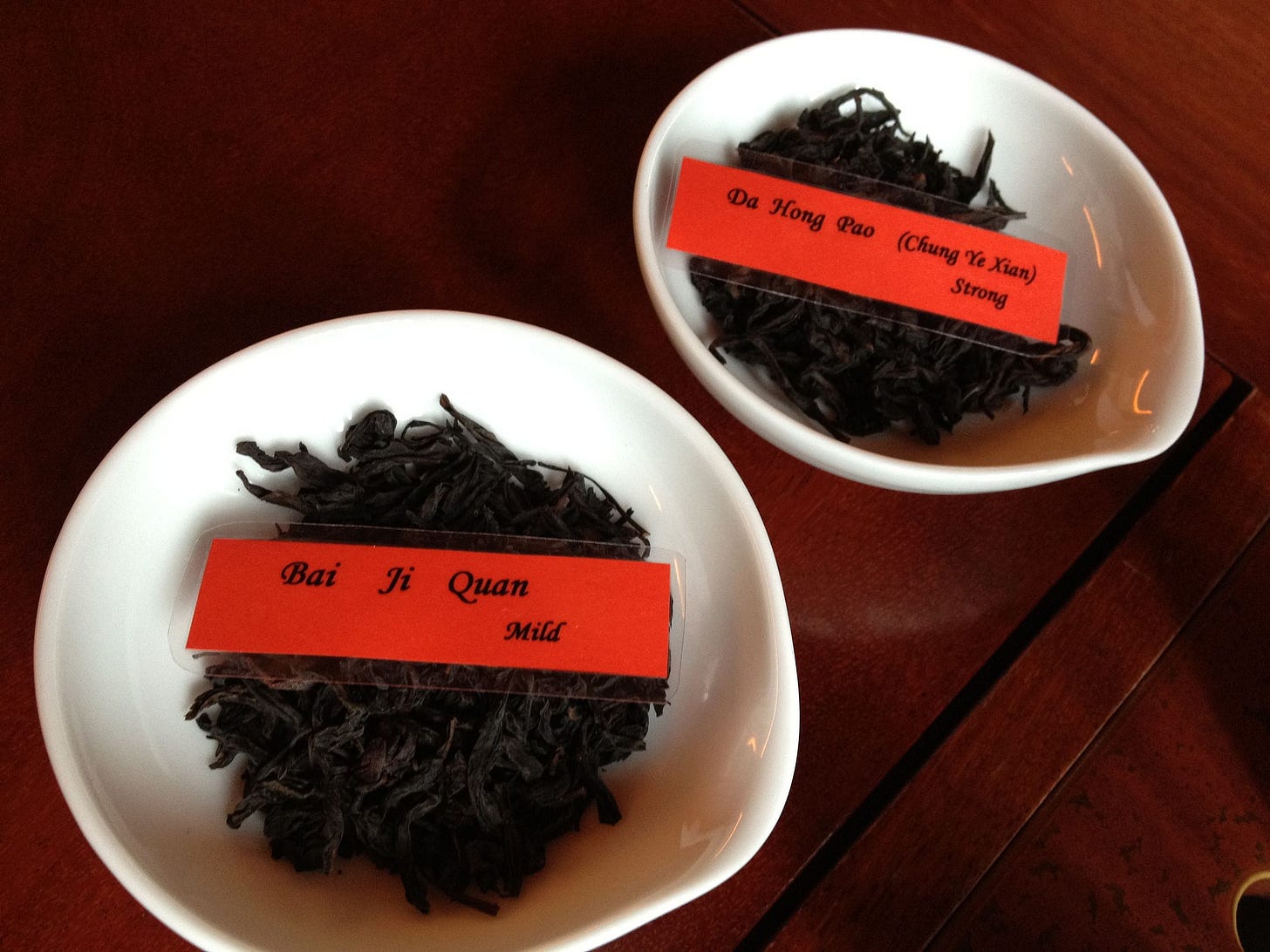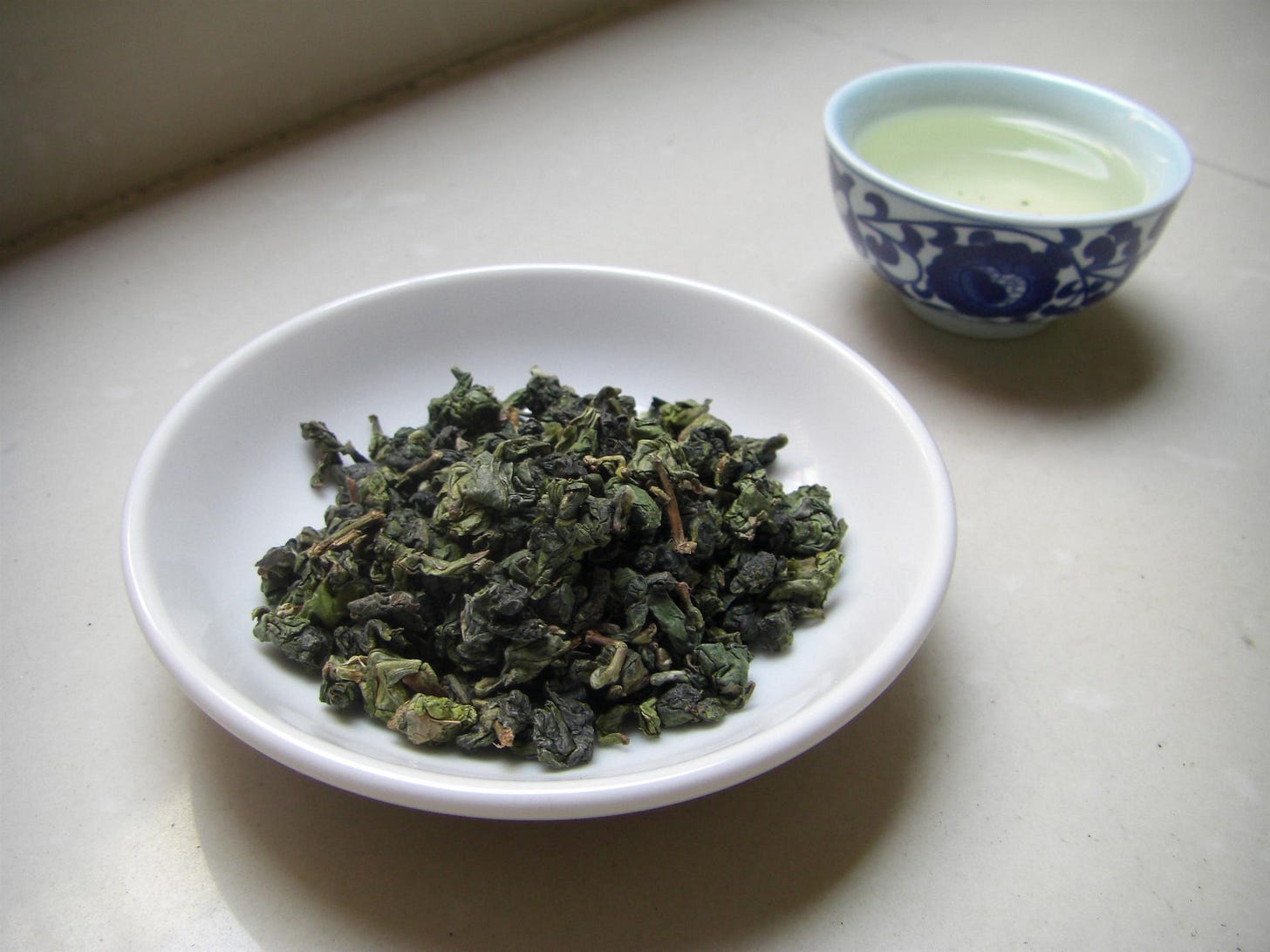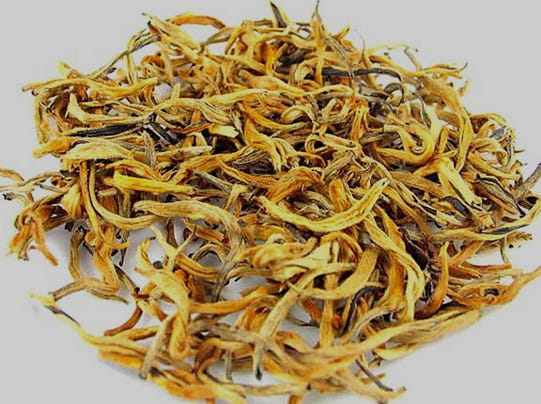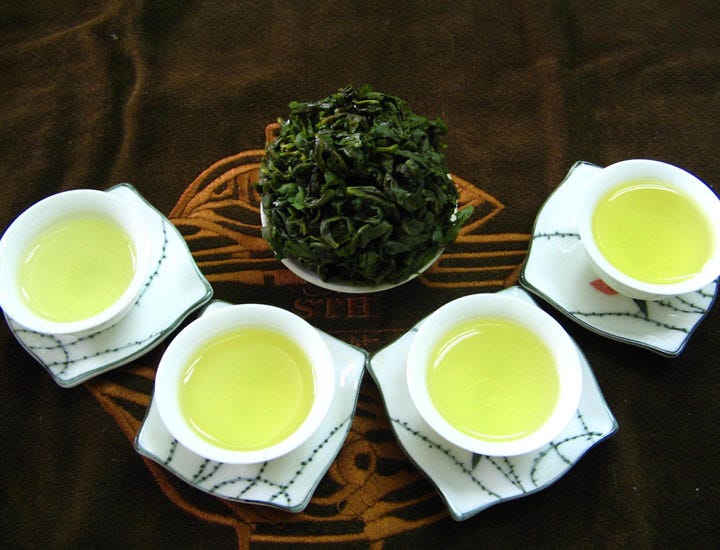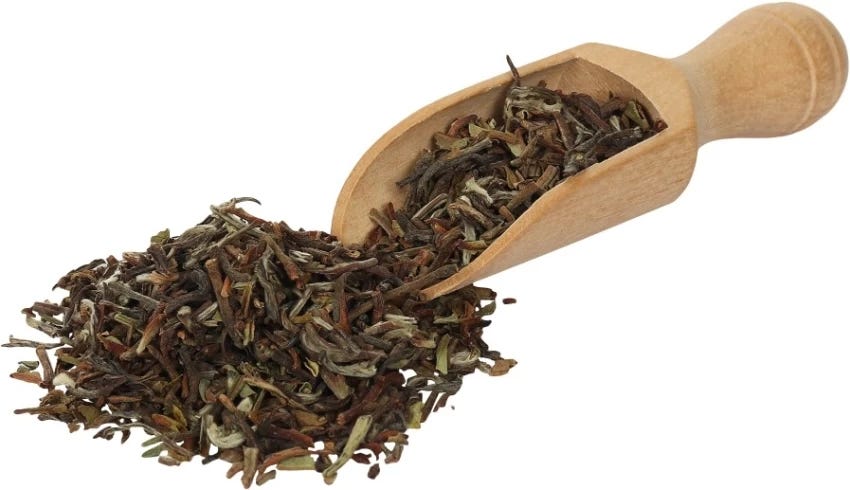Few beverages hold the timeless allure, cultural significance, and health benefits of tea. From the misty mountains of Fujian to the volcanic slopes of Hawaii, tea has transcended its humble origins to become a global phenomenon. For me, tea isn’t just a drink—it’s a ritual, a moment of pause in an otherwise chaotic world. Living in Bangkok, I find myself immersed in a culture that reveres tea, and as someone who drinks 5 to 7 big cups a day, I’ve come to appreciate both its diversity and its depth. Whether it’s a robust Thai iced tea on a hot day or the delicate floral notes of Turkish tea shared in a social setting, tea remains my favorite companion.
But tea is more than just a personal indulgence; it’s a powerhouse of nutrition, a symbol of luxury, and a link to some of the most fascinating stories in history. Let’s dive into the rich tapestry of tea—from the world’s most expensive varieties to the health benefits that make it one of the most nutritious drinks on the planet.
A History Steeped in Culture
Tea’s origins can be traced back thousands of years to ancient China, where legend credits Emperor Shen Nong with its discovery. By accident or destiny, a tea leaf fell into his boiling water, creating an elixir that would captivate empires. From there, tea journeyed along the Silk Road, shaping cultures and economies, and eventually, it became a cornerstone of British colonial trade—a history worth revisiting next time you sip your Earl Grey.
Today, tea is the second most consumed beverage in the world after water. According to recent statistics, over 3.8 billion cups of tea are consumed daily worldwide, a testament to its universal appeal.
The World’s Biggest Tea Drinkers
Countries like Turkey, Ireland, and the United Kingdom top the list of tea consumption per capita. In Turkey, tea is a cornerstone of social life, with the average person consuming over 3 kilograms of tea annually. Ireland and the UK follow closely, with tea culture deeply ingrained in their daily routines. Notably, countries with high tea consumption, such as Japan and China, often boast longer life expectancy and lower rates of chronic diseases, partly attributed to the antioxidant-rich properties of tea.
Studies have shown that green tea consumption in Japan correlates with reduced cardiovascular risk, while traditional tea practices in China support overall wellness and mindfulness. The connection between tea and health in these countries offers compelling evidence of its benefits.
The Most Expensive Teas in the World
Tea can be as luxurious as it is accessible. Some varieties are so rare and meticulously crafted that they command jaw-dropping prices. Here are the most coveted:
Da-Hong Pao (China) — Often dubbed the "King of Teas," this legendary oolong tea can cost up to $1.2 million per kilogram. Harvested from ancient bushes in the Wuyi Mountains, it’s as much a cultural artifact as a beverage.
Tieguanyin (Iron Goddess of Mercy, China) — Priced up to $3,000 per kilogram, this oolong tea is known for its creamy texture and floral notes. A favorite among connoisseurs, it’s a true testament to the art of tea-making.
Yellow Gold Tea Buds (Singapore) — Coated with 24-karat gold flakes, this tea sells for around $3,000 per kilogram and is reserved for those who want to sip on opulence.
Panda Dung Tea (China) — As exotic as it sounds, this tea is fertilized using panda dung, fetching up to $70,000 per kilogram. Its novelty factor alone makes it a conversation starter.
Silver Tips Imperial (India) — This rare white tea, harvested under full moonlight in Darjeeling, costs $400 to $1,850 per kilogram. Its ethereal flavor matches its poetic production.
The world of high-end tea mirrors the exclusivity of fine wine or rare gemstones. Celebrities like Oprah Winfrey and Bill Gates are known tea enthusiasts, often favoring these luxury blends.
The Most Nutritious Teas
While tea’s luxurious side captivates, its nutritional profile is what keeps us coming back for more. Here are some of the healthiest teas you can sip:
Green Tea — Known for its high levels of catechins, particularly EGCG, green tea boosts metabolism and fights inflammation. Matcha, the powdered form, offers the highest nutritional value because you consume the entire leaf.
White Tea — The least processed of all teas, white tea is rich in antioxidants that support skin health and immune function. Silver Needle is a standout variety.
Herbal Teas
Pu-erh Tea — A fermented tea from Yunnan, China, Pu-erh is excellent for gut health due to its probiotic content.
Yerba Mate — A South American favorite, it’s loaded with vitamins A, C, and E, as well as magnesium and potassium. It’s the perfect energy booster.
Moringa Tea — This superfood tea is rich in calcium, potassium, and vitamin A, making it ideal for bone health and immune support.
Nettle Tea — High in iron and magnesium, nettle tea is excellent for reducing inflammation and boosting energy levels.
Tulsi (Holy Basil) Tea — Revered in Ayurvedic medicine, it’s an adaptogen that helps manage stress and improves overall well-being.
Tea vs. Coffee: Why Tea Wins
While coffee has its merits, tea’s benefits often outweigh those of its caffeinated counterpart. Here’s why:
Smoother Caffeine Boost: Tea provides a gentler energy lift due to L-theanine, an amino acid that promotes calmness and focus, countering caffeine jitters.
Hydration: Tea hydrates the body better than coffee, making it ideal for daily consumption.
Antioxidants: While coffee contains antioxidants, tea—especially green and white—has higher concentrations of polyphenols, which combat oxidative stress and promote longevity.
Versatility: From calming chamomile to energizing matcha, tea offers a spectrum of options to suit any mood or time of day.
Digestive Benefits: Herbal teas like peppermint and ginger support digestion, while Pu-erh aids gut health—benefits coffee cannot match.
For someone like me, tea’s variety and adaptability make it a clear winner. It’s not just about the caffeine; it’s about the overall experience and the health benefits it brings.
Tea in My Daily Life
For someone like me, who drinks 5 to 7 cups a day, tea is both a comfort and a form of self-care. Living in Bangkok, I’m spoiled with the richness of Thai tea, from its creamy iced variations to its fragrant herbal blends. But I also enjoy exploring teas from other cultures. Turkish tea, served in elegant tulip-shaped glasses, is a staple during my travels, and I’ve come to appreciate its role in fostering connection.
Tea’s versatility is unparalleled. Whether you’re seeking a morning energy boost, an afternoon pick-me-up, or a calming evening ritual, there’s a tea for every moment. For me, it’s not just about the drink; it’s about the experience—the aroma, the warmth, the connection to history, and the knowledge that each cup is contributing to my health.
Why You Should Make Tea a Daily Ritual
If you’re not already a tea drinker, here’s why you should consider it:
Health Benefits: Packed with antioxidants, tea supports your heart, skin, and immune system.
Variety: From green to oolong to herbal, there’s an endless array of flavors to explore.
Mindfulness: Brewing tea is a calming ritual that can help you slow down and appreciate the moment.
As tea continues to evolve, blending ancient traditions with modern innovations, its value only grows. So the next time you sip your favorite cup, remember that you’re part of a rich history and a global community. Whether it’s a rare Da-Hong Pao or a simple chamomile, tea connects us to each other and to ourselves in a way few other beverages can.
Here’s to the world’s most beloved drink. Cheers!





